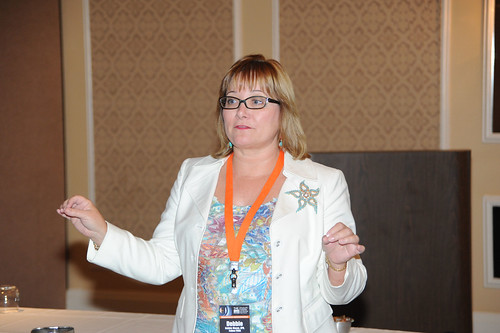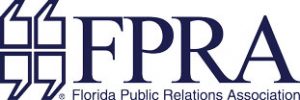
Going from a good to great PR practitioner means that you must be able see and understand your company’s “big picture.” Helping to bring this picture into focus is your organization’s financial well-being. In this session, learn how to read your company’s top three financial reports, and learn the C-Suite jargon that will help ensure your communications efforts are supportive.
Debbie Mason, APR, CPRC, is an Accredited Public Relations/ Marketing counselor, and President of Strategists, Inc. Debbie has a wealth of corporate, agency and consulting experience spanning 25 years.
Debbie also serves as president of Sage Musings, Inc., a training and development company providing custom training programs and publications to Nonprofit Resource Centers, professional associations and nonprofit organizations. Debbie has received numerous honors and awards for her work with a variety of nonprofit and corporate clients. Those awards include a 2003 Silver Anvil awarded by the Public Relations Society of America. The Silver Anvil recognizes professionals who have demonstrated the highest quality standards in the public relations/marketing profession through outstanding achievement in strategic public relations/marketing planning and implementation.
The Strategists, Inc. team also includes a number of senior professionals with experience in research, strategic planning/governance, public relations/marketing and other specialty areas.
Debbie defined several basic financial literacy terms.
Financial Literacy
- Increased understanding of basic financial documents with emphasis on budgeting
- Understanding areas of audit concern for funders, auditors and the IRS
Accounting
- Cash Basis – revenue and expenses are booked when cash is received or check goes out
- Accrual Basis – revenue and expenses are booked when the transaction occurs (pledged, purchased or ordered, even though payment may be later)
- Assets – the “stuff” you own (cash, accounts receivable, vehicles, inventory)
- Fixed assets – buildings
- Liabilities – sources of how you got the assets (notes payable, taxes payable, loans, payroll, taxes, building mortgage)
- Credit – increases liability, decreases assets
- Debit – decreases liabilities, increases assets
- Gross profit – money left after direct costs are subtracted
- Income – Direct Cost = Gross Profit
- Gross margin – same thing but expressed as a percentage
- Net income is the “bottom line”
- Also called net profit, net earnings, or current earnings
- If expressed as a negative it’s called a “loss”
- If expressed as a positive, it increases the owner’s equity
- Revenue – ALL expenses = Net Income
- Retained earnings – amount of net income retained by a business
- Keeps track of how much of a total owner’s equity was earned and retained by the business versus how much of equity was capital invested by owner
- Also serves as your “long-term score card” that is reviewed by banks, lenders, etc.
- Return on investment or ROI
- Net profits (after taxes) / total assets
- Return on equity or ROE
- Net income / average owner’s equity
- Equity – shows ownership of assets or claims against assets (liabilities)
- Total assets – Total liabilities = Net equity
Documents Essential in the Financial World
- Balance Sheet
- Profit and Loss Statement
- Cash Flow Statement
- Budget
- Reflect assets and liabilities at a moment in time and is financial culmination of past actions
- Useful to get overview of organization’s financial position
- Assets = Liabilities + Owner’s Equity
- Shows financial operations during specified operating period
- Associates revenue with costs to permit meaningful analysis
- Used to monitor operations and prepare tax documents
- Projected P&L serves as basis for budget
Cash flow is critical in the day-to-day operation of the organization.
- Similar to profit and loss but without accruing revenues or costs and without depreciation
- Used to make sure sufficient cash is in hand for operations and to identify needed financing
- Used by organizations to understand near-term financial viability
Budget
- Key financial planning document
- Link between strategic plan and operations
- Used to monitor operations throughout the year and identify anomalies
- Discussions during preparation of budget are often as important as budgets themselves
- Control through the annual budget
- For maximum utility Annual Budget should be broken down by quarter with seasonality included
- Monthly board meetings should review actual operations compared to adopted budget and discuss/act on divergence
Budget Summary
- Involve all key decision makers in preparation of the yearly budget
- Reflects the strategic and tactical goals of the organization
- Performance should be reviewed periodically by governing body
Board Member Prudence
Some “red flags” that get non-profits in trouble include:
- Payroll taxes to IRSC
- Sale tax collected to state
- Insurance policies
It is also a wise idea to have someone on the board reviewing duplicate financial statements.
Contact:
Debbie Mason, APR, Fellow PRSA
President
Strategists, Inc.
debbie@strategistsinc.com
